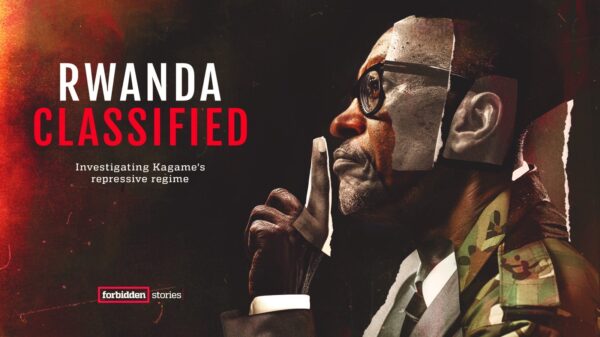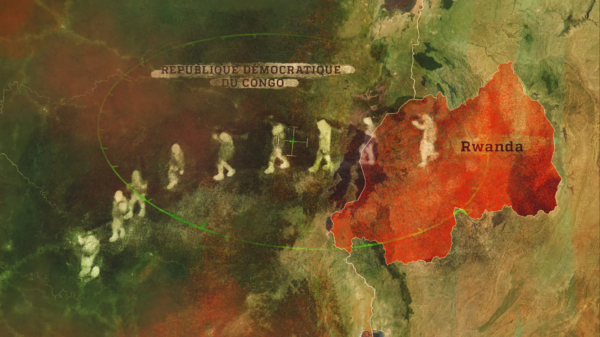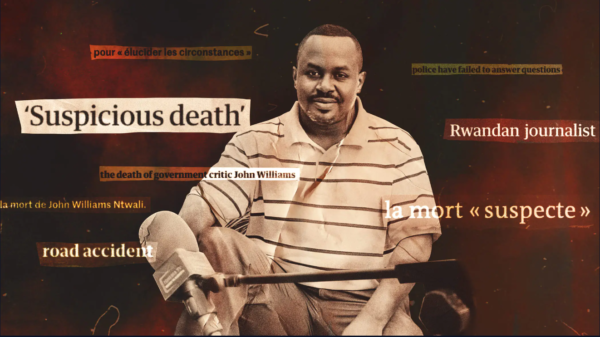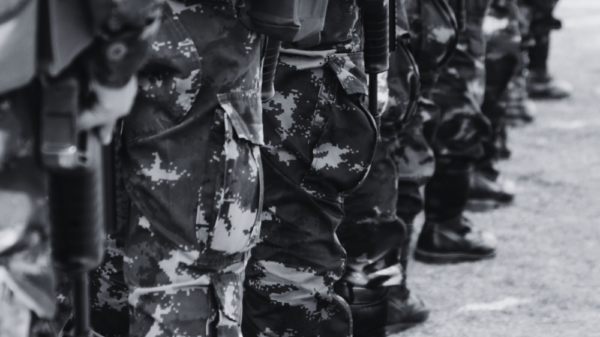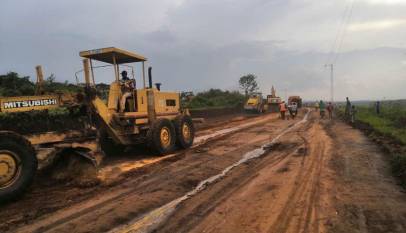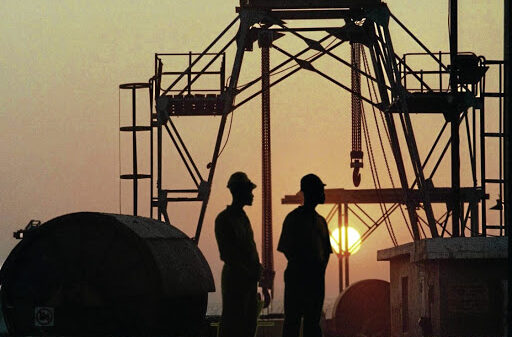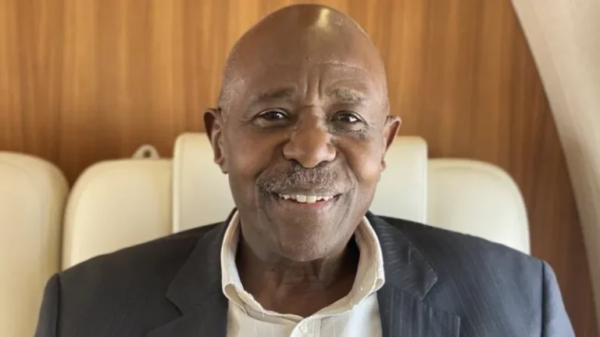Witness testimony is one of the main forms of evidence used by investigative journalists to prove their hypotheses. Testimony must be provided by primary sources directly linked to the event, and should be provided by several different and independent sources who cannot have decided on their story beforehand. They should provide precise and coherent narratives that attest to the fact that the event took place and link the characters to it. For any piece of information to be acceptable, it requires corroboration by at least two known, independent sources. Several sources may depend on a single original source, and in this case they should all be taken as one and not treated as separate sources for the purposes of corroboration.
An investigative journalist compares and inspects different accounts in order to work out where they intersect. They should test the credibility of each source and their narrative throughout the interview, and ask for evidence that supports their testimony. They should try to establish sources’ motives and weigh up the information acquired accordingly, making sure that it makes logical sense. A sceptical attitude is one of the best defenses against being manipulated, and even the most precise source should be treated with caution. A source should be able to take responsibility for their words and their actions – they should be of sound mind, for example, and ideally an adult.
When dealing with traumatized victims, it is preferable to avoid interviewing them in order to extract statements: in such cases the victims may not be fully in control of their actions. An investigative journalist should work hard to get access to all the primary sources on both sides of the investigation – that is, for and against. They should have recourse to independent, neutral third parties familiar with the facts who can help them assess how accurate and trustworthy a narrative is. Where anonymous sources are used, you should follow the same steps given above – after making sure that the information is correct and reliable and that there is no other way of sourcing it from elsewhere. Anonymous sources whose names cannot be published are the least useful of all when it comes to proving anything
Majdolin Alan and Imad Rawashdeh, for example, used several intersecting sources to substantiate their findings when they investigated torture and sexual abuse in Jordanian government orphanages in 2009. They compared the accounts of thirty former and current orphanage residents, as well as testimony given by former and current orphanage employees. All of the testimony was corroborated and signed, in some cases using fingerprints where the witnesses were not literate. Alan and Rawashdeh’s investigation also drew on leaked documents from the orphanages themselves which supported their sources’ claims. They also made use of governmental and semi-governmental reports and studies that confirmed the existence of the problem. Some orphanage residents were convinced to undergo medical examinations at a civil society organization, which confirmed that some of them were suffering from psychological, physical or sexual illnesses.
In another example, the Al Jazeera film Execution By Transport showed how thirty-seven political prisoners choked or were burned to death in a transport van at Egypt’s Abu Zaabal Prison in August 2013. The film was able to prove the events by drawing on overlapping eyewitness testimony from bystanders, survivors and Inspector Abdelaziz, a member of the prisoner protection detail. These accounts were bolstered with technical expertise from the coroner and from an engineering report on the transport van, which confirmed that the vehicle was carrying more than three times its capacity and had no ventilation or drinking water under extreme weather conditions. They also drew on meteorological reports, data provided by civil society organizations, and court documents from the official investigation. The overlapping human and material sources used in this investigation allowed it to develop information into facts: the van did not have sufficient space for 45 prisoners, the prisoners were kept inside for more than eight hours straight, the temperature was above 40 degrees, the van lacked ventilation and no drinking water was provided, and the coroner’s report listed asphyxiation as the cause of death. All of these facts confirmed that there was foul play at work and neglect of political prisoners opposed to the new regime

